
9,99 €
inkl. MwSt. und vom Verlag festgesetzt.
Sofort per Download lieferbar
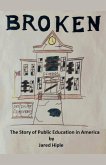
Ähnliche Artikel
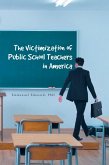
8,95 €
Sofort per Download lieferbar
eBook, ePUB
9. August 2024
Fulton Books, Inc.
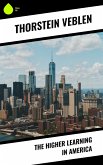
2,99 €
Sofort per Download lieferbar

10,95 €
Sofort per Download lieferbar
eBook, ePUB
17. April 2006
The Well-Trained Mind Press

15,95 €
Sofort per Download lieferbar
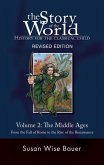
10,95 €
Sofort per Download lieferbar
eBook, ePUB
16. April 2007
The Well-Trained Mind Press
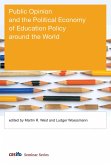
eBook, ePUB
27. April 2021
MIT Press

3,49 €
inkl. MwSt. und vom Verlag festgesetzt.
Sofort per Download lieferbar

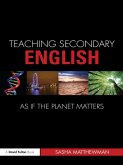
eBook, ePUB
14. Dezember 2010
Taylor & Francis eBooks

13,99 €
inkl. MwSt. und vom Verlag festgesetzt.
Sofort per Download lieferbar
Ähnlichkeitssuche: Fact®Finder von OMIKRON
